| Item | Price | Qty | Total | |
|---|---|---|---|---|
 Loading Cart...
Loading Cart...Six Reasons To Offer Your Patients Platelet-Rich Plasma

For most musculoskeletal issues, the effects of immunosuppressants, steroids, DMARDs and protein-blocking drugs, never good to start with, usually wanes off after repeated use. And when it does, the patients realize that during the time the symptoms were being masked by these drugs, the disease was actually progressing at a steady pace. By this time though, it may already be in an advanced stage. That’s why more and more patients today are opting for natural biologics like Platelet-Rich Plasma at the earliest possible instead of waiting till all options are exhausted. This is the Self-Healing revolution.
And it’s just getting started.
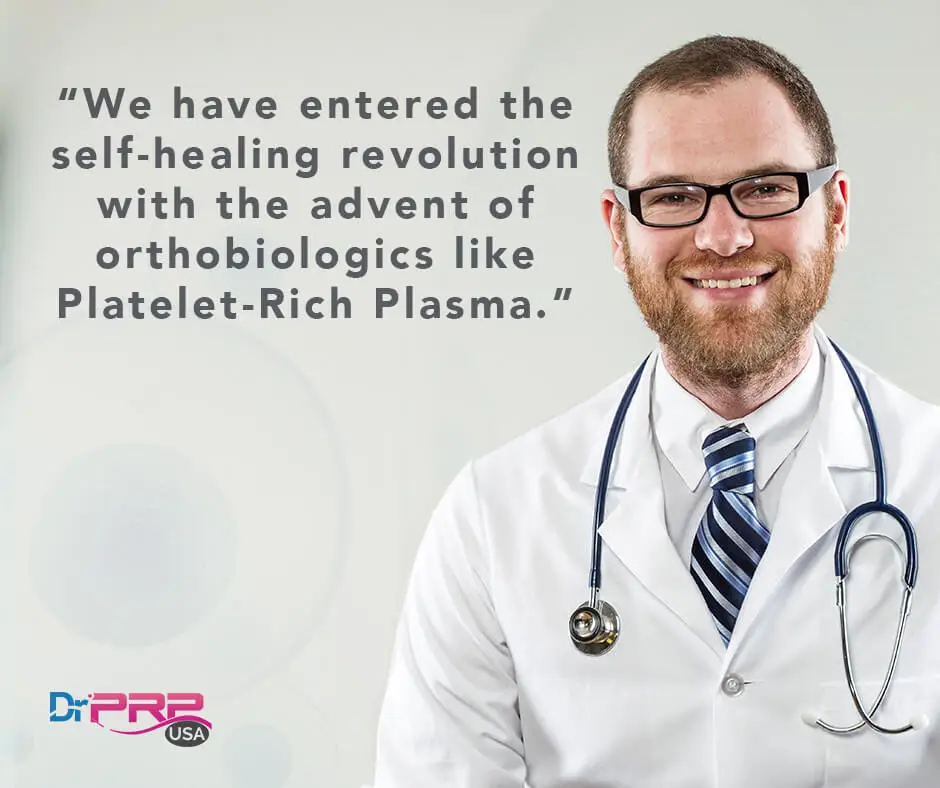
The revolution, which some doctors call “the anabolic era of medicine,” has already eliminated the need for certain traditional methods of disease-intervention like invasive joint replacement surgeries and harmful drugs for hundreds of thousands of patients. Here are some very recent patient testimonials so you can get an idea.
Catherine was diagnosed with a rotator cuff problem about 2 years ago and had trouble lifting her arm. After just two PRP injections she’s now feeling really really great. See the video below for more.
George was suffering from Plantar Fascitis which was curtailing his otherwise active lifestyle. He took a year to rehab and tried a couple of other treatments before being referred to this particular doctor for PRP injections. And again, after just two PRP Injections, the pain he’s been suffering for a year was gone.
This is another amazing story. Bodybuilder Greg had suffered a complete tear in his muscle and tendon – doctors told him his condition is untreatable and that he’d have to live with a physical deformation for the rest of his life. After two and a half months and zero progress, he decided to try Platelet-Rich Plasma. Within 16 days, it had healed and today his muscle is 100% back to normal and he’s doing training.

Hear what he says in the video below.
Although, I am not in anyway claiming that Platelet-Rich Plasma Injection works for everyone, I do believe that almost everyone with a musculoskeletal issue is an excellent candidate for it.

Most physicians that we talk to (see our clients list here) say they see a success rate upwards of 80% in the chapter with PRP treatments regardless of the condition they treat. In this classic book about PRP, Dr. Bittencourt et al say, in 203 cases they studied including “38 epicondylitis, 45 Achilles tendonitis, 25 patellar tendonitis, 12 hamstring origin (ischial tuberosity) tendonitis, 08 plantar fasciitis, 08 flexor carpi ulnarii tendonitis, 07 pes anserinus tendonitis, 04 biceps femoris tendonitis, 03 iliopsoas tendonitis, 06 athletic pubalgias and 06 biceps brachii tendonitis,” they saw success rates in excess of 75%.
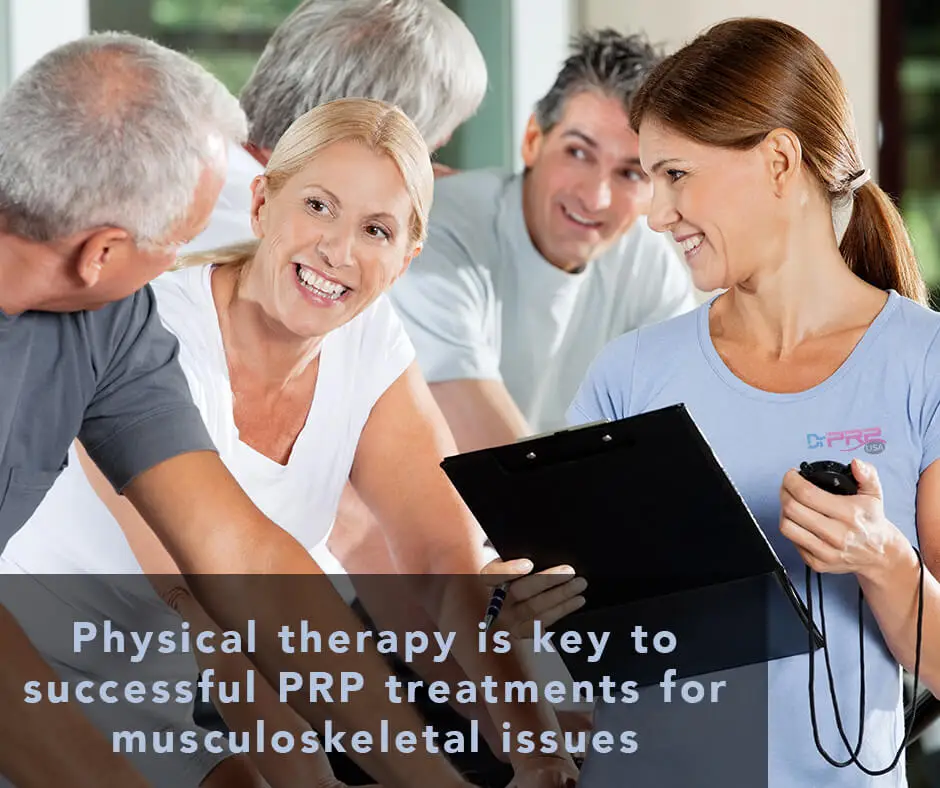
It’s amazing how they’re utilizing PRP Injection’s therapeutic effects across the board whether its orthopedic healing, wound management, hair regeneration, facial rejuvenation or pain-reduction. NIH says PRP works by “promoting better collagen I deposition, decreased cellularity, less vascularity, and higher glycosaminoglycan content,” whatever that may mean.
That’s why we’re seeing record growth in the Platelet-Rich Plasma market.
It has long ceased being a fad that only a group of sports medicine specialists promote because pro-athletes like Pittsburgh Steeler wide receiver Hines Ward had used it with remarkable success. And certainly has moved beyond the realm of boutique clinics. Instead, thousands of clinics all over the nation are now offering it. It is the wave of the future, still in its early-phase of saturation. And you can be one of the pioneers in the field.
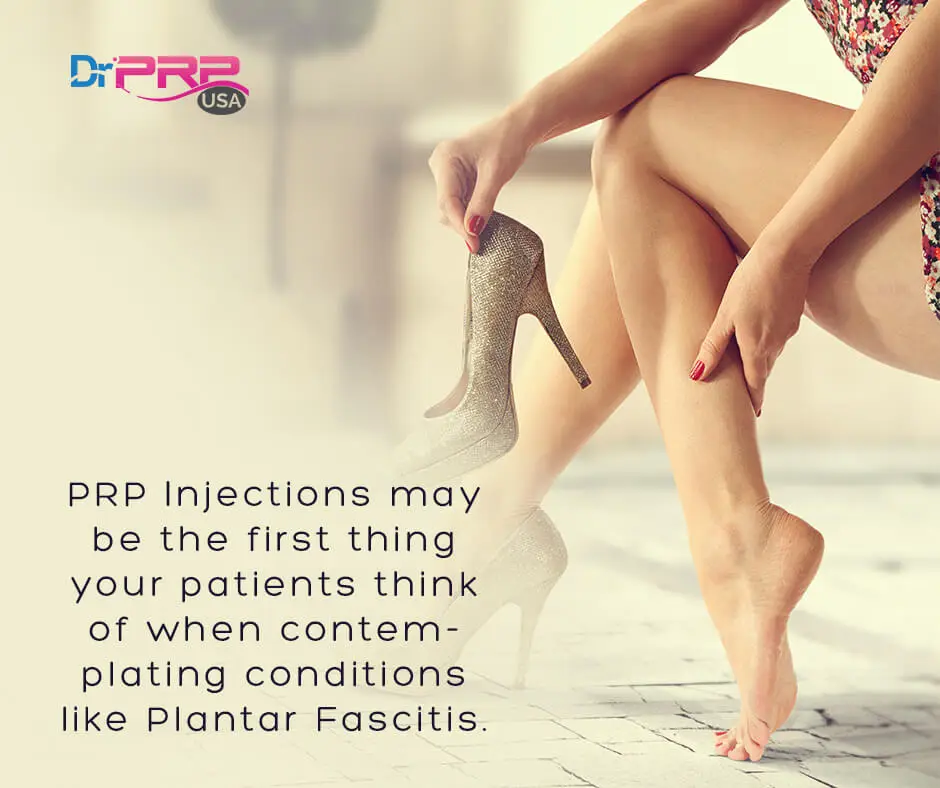
Here are six reasons why you should start offering Platelet-Rich Plasma for your patients today.
1. Clear and Obvious Results
There would be no point in discussing a treatment if it doesn’t deliver results. You only need to look at ONE SOLID STUDY LIKE THIS to conclude its efficacy because the way Platelet-Rich Plasma works is not unique to conditions treated. Meaning, if it works for tennis elbow, chances are, it will work for achilles heel too. As well as chronic wounds, spine disc regeneration, bone healing, tendinopathy and much more.
That is to say, the science behind Platelet-Rich Plasma is solid. The growth factors within platelets, mainly platelet-derived growth factor (PDGF), basic fibroblast growth factor (bFGF), transforming growth factor β (TGFβ) and vascular endothelial growth factor (VEGF) have been found again and again to be agents capable of healing tissues. PRP was initially tested by dentists in the 1990s for repair of bones after oral surgeries. Since then scores of the physicians have used it to treat the following with excellent success rates.
- Rotator cuff injuries (study here)
- Tennis & golfer’s elbow (study here)
- Hamstring, hip, knee and ankle strains and sprains (study here)
- Achilles tendinosis & plantar fasciitis (study here)
- Knee, hip, and other joint osteoarthritis (study here)
- Degenerative disc disease of the spine (study here)
- Nerve injury and neurological pain (study here)
- Chronic ulcers and post-surgical wound healing (study here)
- Burns, skin grafts, and scar tissue remodeling (study here)
Yes, physicians have successfully used PRP to treat these conditions for OVER A DECADE now. Yet, there are some physicians who’re only now starting to see the possibilities of this autologous healing agent. They’ve been very dismissive about it until now thanks in part due to the healthcare industry’s lackadaisical approach to it.
Fortunately, much of that is changing. The future is looking bright for Platelet-Rich Plasma. A quick search in clinical trials database reveals 101 clinical trials at the time of this writing.
And it has now become a powerful force in modern medicine.
2. Simple outpatient procedure – zero down time
Preparation of Platelet-Rich Plasma is a procedure that puts the latest high-technology protein-blocking drugs to shame (more on that later) in every sense. Prepared using a simple desktop centrifuge in about 10 minutes (not including the time to draw blood), PRP delivers more therapeutic benefits than many other billion dollar drugs used for the same purpose. The entire procedure takes a maximum of 45 minutes and patients can return to their usual daily routine immediately. Plus the produced PRP is capable of remaining sterile and viable for a couple of hours.
And the safety record? Excellent, in all its use cases.
This may be one of the reasons why patients keep coming back for more once they’ve had an initial injection. The more the better they say. (We don’t agree with them though.)
3. Eliminates invasive surgeries in the long run
Platelet-Rich Plasma acts on the body in the most natural way you can think of – by triggering a healing cascade consisting of hemostasis, inflammation and proliferation phases. This is the way our bodies are designed to heal. It doesn’t aggravate the disease by blocking the natural function of cells, which is what almost all other drugs are designed to do. Therefore the earlier your patients have Platelet-Rich Plasma injections, the less likely that things will get complicated enough to warrant a surgery. We’ve heard from doctors again and again that their patients who were prescribed surgery ended up not having surgery for years.
Platelet-Rich Plasma can actually regenerate tissues, muscles, ligaments and even bones. It works like stem cells but with little less dramatic results and none of the side-effects that stem cell treatments are notorious for.
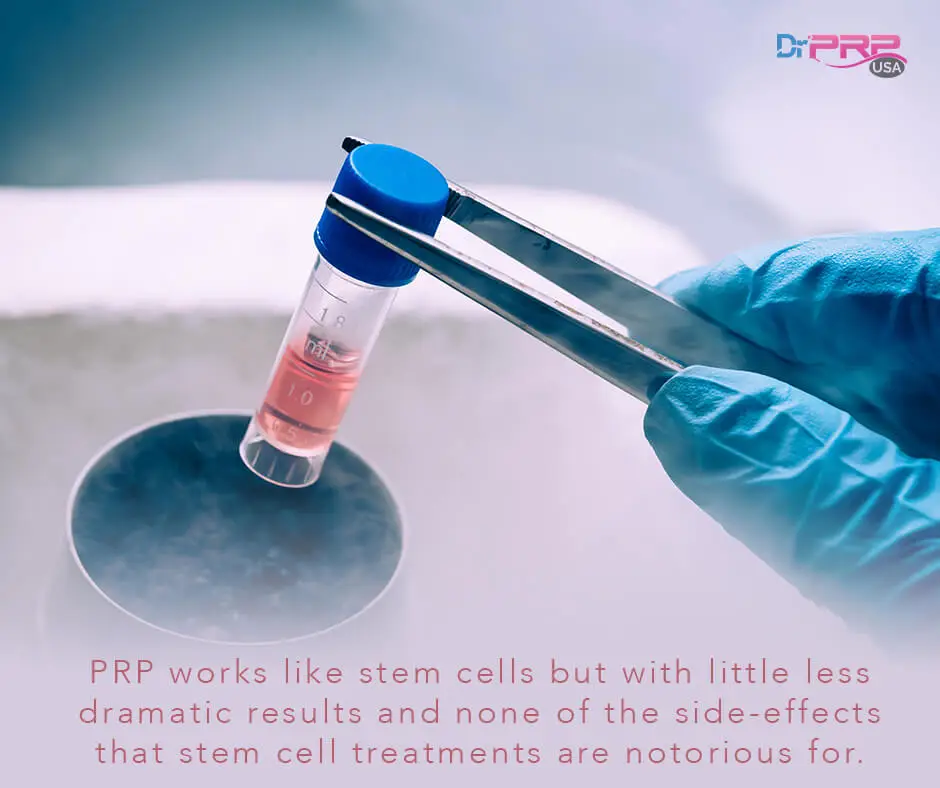
Here’s what one of the doctors had to say.
4. The Age Of Ortho-Biologics Is Here – There’s No Escape
One of the biggest reasons why physicians don’t start offering Platelet-Rich Plasma sooner is that they mistakenly think that PRP is just a fad and it might vanish entirely a few years later. But the fact is, the biologic era of medicine is here. And Platelet-Rich Plasma is leading it. And in coming years, putting together joints and discs using steel may look primitive as more scientific data emerge in favor of Platelet-Rich Plasma. Some experts suggest that injection therapies may replace up to 70% to 80% of the surgeries in the near future.
In other words, this shift in treatment paradigm is big.
The earlier you get in, the more expertise you gain. There is a reason why some doctors get amazing results with PRP while others struggle to make it work. The reason is clear. The ones that make it work have a thorough understanding of the science behind it, and are confident about the limits and potential of the treatment. In this case, there is no substitute for experience. The sooner you start doing them, the more confident you become in PRP injection therapy. Don’t wait.
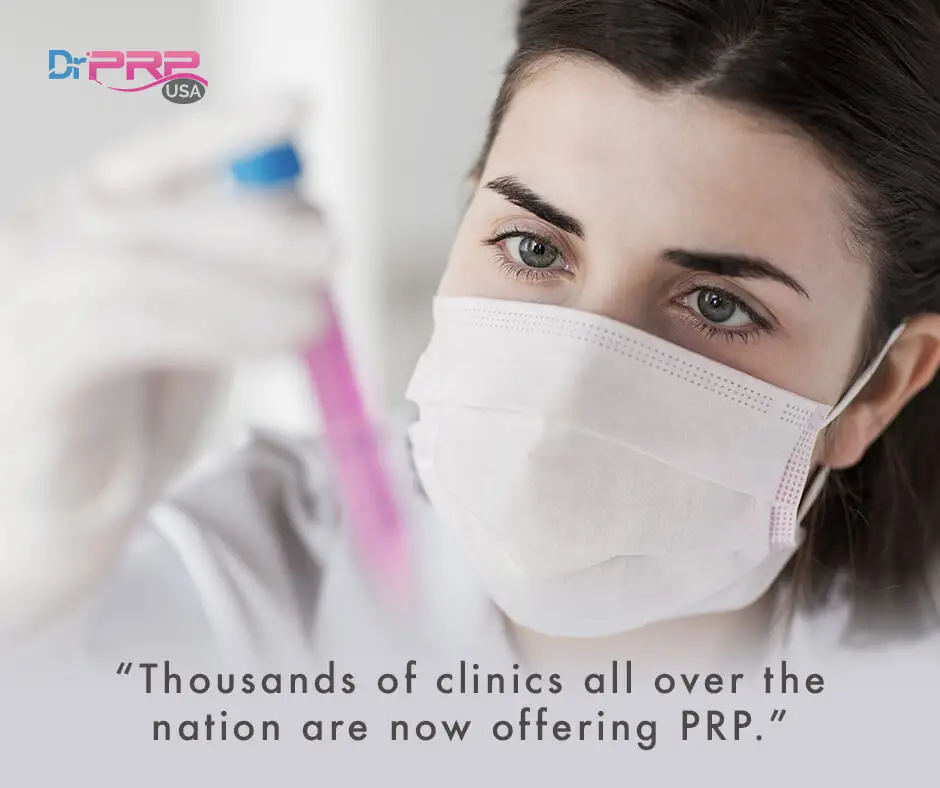
5. No Risk Of Side Effects Or Mutagenic Effects
One of the biggest drawbacks blocking the stem cell treatments from going mainstream is the potential for the treatments to go horribly wrong. Since Platelet-Rich Plasma acts on cells via transmembrane signal cascades and doesn’t modulate the cells and their functions, there can potentially be no harmful effects from using it. That’s why you DON’T NEED FDA approval to start offering Platelet-Rich Plasma treatments.
It also means that aside from occasional patient dissatisfaction with PRP – could happen in less than 10% of the cases – there is nothing else you need to worry about. No further complications, regulatory actions, or lawsuits can arise. If it doesn’t work, fine. You can try some other treatments. Or you can even combine it with other injection treatments, provided the combination does’t negate the effects of PRP – we’re seeing a trend towards that as evidenced by this study where the therapeutic effects were doubled when PRP was added to the treatment.

6. Low Cost Of Entry And Lower Costs For Patients
As I mentioned earlier, a very low investment in a simple desktop centrifuge like this and the PRP Kit will get you up and going with PRP injection treatments.
And you don’t have to worry about stocking up on expensive drugs or other raw materials. Your cost of goods sold is very low. That can translate to lower costs for the patient.

But, I’m not suggesting that it will be all a smooth ride with Platelet-Rich Plasma. One of the challenges you may face is generating standardized protocols for different patient use cases. This can take a while due to trial and error – a fact evident in the current literature, where different studies follow slightly different protocols resulting in varied outcome.
So you have to use your expertise in developing protocols to maximize your results. Some factors that may come into play are the activation method, presence of red blood cells, number of spins in centrifuge, proficiency in ultrasonic image guidance, number of leukocytes and photo-activation of PRP.
You may also have to test things like Platelet-Rich Fibrin Matrix depending on your therapeutic needs.
Webinar: Intradiscal Platelet-Rich Plasma Injections
Dr. Gregory Lutz is one of the early pioneers in Platelet-Rich Plasma – he is the author of a prospective, double-blind, randomized controlled study on lumbar intradiskal PRP injections. And here in the video below, Dr. Lutz discusses his experience and provides case examples for PRP treatments.
PRP Vs The Latest FDA-approved $1 Billion Arthritis Drug
This past May(2017), the FDA approved a drug known as Kevzara – an interleukin-6 receptor (IL-6R) blocker. According to the reports, this drug costs patients (or their insurance providers) $39,000 a year and is expected to generate upwards of $1 billion in revenue for the licensing company by the year 2023. This is a drug that offers at best a temporary 66% improvement in signs and symptoms when using with another DMARD – and carries a risk of producing serious immunological disorders as the drug affects the immune system.
Now, in contrast, the autologous, non-immunogenic Platelet-Rich Plasma needs only a couple of injections that has no side effects – all of it produced from a little desktop centrifuge at your local office. No patent licensing fees involved. Sure, the patient has to pay a couple hundred bucks out of pocket, but which one do you think an informed patient will choose?
Come join the revolution by getting started with Platelet-Rich Plasma. Click here or call us at (844) 377-7787 to talk to us. We’ll support you in the setup and marketing of PRP.



